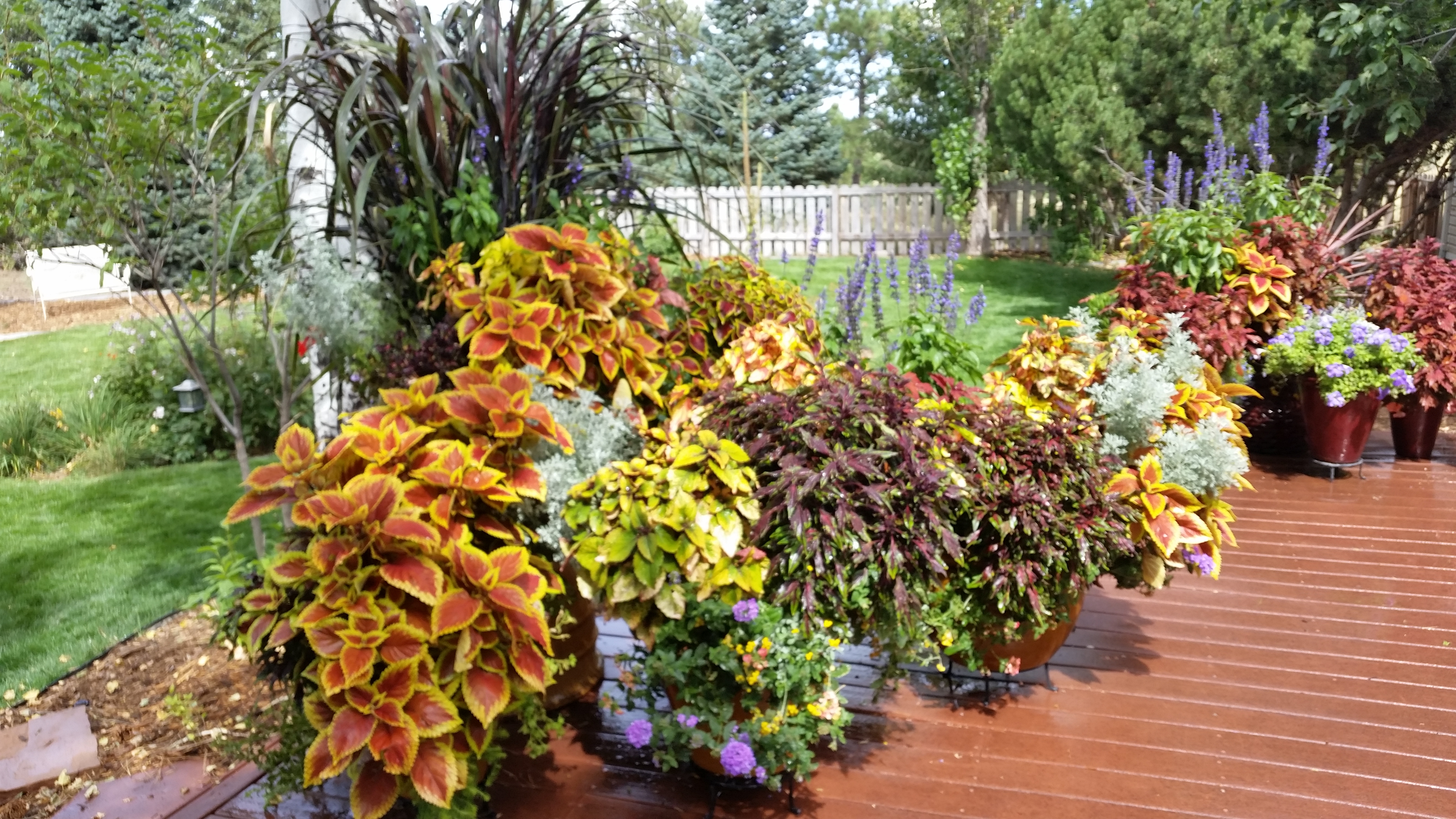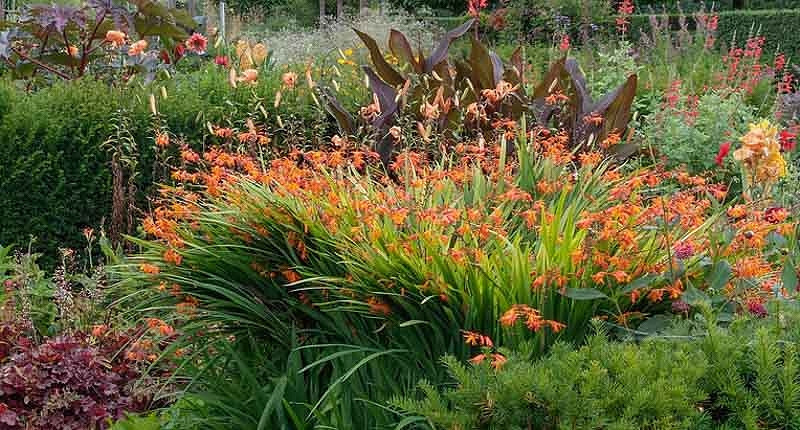The Ultimate Guide To Companion Planting
The Ultimate Guide to Companion Planting
Companion planting is a gardening practice that involves planting certain plants together to benefit each other. This can be done to attract beneficial insects, repel pests, improve the soil, or increase the yield of your crops.
There are many different benefits to companion planting. Some of the most common include:
- Attracting beneficial insects. Many plants attract beneficial insects, such as ladybugs, lacewings, and spiders. These insects help to control pests, which can save you money on pesticides.
- Repelling pests. Some plants have a strong scent that repels pests. For example, marigolds repel nematodes, which can damage tomatoes and potatoes.
- Improving the soil. Some plants improve the soil by adding nutrients or breaking down organic matter. For example, legumes, such as peas and beans, fix nitrogen in the soil, which is a nutrient that many plants need.
- Increasing the yield of your crops. Companion planting can help to increase the yield of your crops by improving pollination, deterring pests, and providing shade.
If you're new to companion planting, there are a few things you should keep in mind. First, you need to know the needs of your plants. Some plants need full sun, while others prefer partial shade. Some plants need a lot of water, while others are more drought-tolerant. Once you know the needs of your plants, you can start to plan your companion planting scheme.
There are many resources available to help you with companion planting. You can find books, websites, and even apps that can give you specific recommendations for which plants to grow together.
Here are a few examples of companion planting:
- Marigolds and tomatoes. Marigolds repel nematodes, which can damage tomatoes.
- Basil and tomatoes. Basil improves the flavor of tomatoes and also helps to repel pests.
- Carrots and onions. The strong scent of onions deters carrot flies.
- Cucumbers and beans. Beans provide shade for cucumbers, which helps to keep them cool.
- Lettuce and spinach. Lettuce and spinach are both cool-season crops that can be planted together.
These are just a few examples of companion planting. There are many other combinations that you can try. With a little experimentation, you can find the perfect companion planting scheme for your garden.
Are you looking for a way to create a beautiful and harmonious garden? If so, you may want to consider planting companion plants together. Companion planting is the practice of planting certain types of plants together that benefit each other in some way. For example, some plants attract beneficial insects that help to control pests, while others help to improve the soil quality or deter rabbits and other animals.
If you're not sure which plants to plant together, a great resource is Gardenia Inspiration. This website has a comprehensive list of companion plants, as well as information about the benefits of planting them together. You can also find tips on how to choose the right plants for your garden, and how to plant them so that they will thrive.
FAQ of plants to plant together
Q: What are some good plants to plant together?
A: There are many different plants that can be planted together, but some of the most popular combinations include:
- Tomatoes and basil: These two plants help each other out in a number of ways. Tomatoes attract pollinators, which help basil to set seed. Basil also helps to deter pests from tomatoes.
- Carrots and onions: These two plants are not only delicious together, but they also help to repel each other's pests. Carrots attract carrot flies, while onions attract onion maggots. Planting these two plants together can help to keep each other's pests at bay.
- Lettuce and spinach: These two leafy greens can be planted together because they have similar growing requirements. They both need full sun and well-drained soil. Lettuce and spinach also help to shade each other, which can help to prevent them from bolting in hot weather.
- Peas and beans: These two legumes are nitrogen-fixing plants, which means that they can help to enrich the soil for other plants. They also help to shade each other, which can help to prevent them from getting too hot in the summer.
- Sunflowers and marigolds: These two plants are both tall and attract pollinators, so they make a great combination. Sunflowers attract bees, while marigolds attract ladybugs. Ladybugs are a natural predator of aphids, so planting marigolds near sunflowers can help to keep aphids at bay.
Q: How do I know which plants are compatible?
A: There are a number of resources available to help you find out which plants are compatible. One good resource is the Companion Planting Chart: https://gilmour.com/companion-planting-chart-guide. This chart lists a variety of different plants and their compatibility with each other.
Another way to find out which plants are compatible is to talk to other gardeners. Gardeners who have been growing plants for a long time often have a good understanding of which plants work well together.
Q: What are the benefits of planting compatible plants together?
There are a number of benefits to planting compatible plants together. Some of the benefits include:
- Attracting pollinators: Many plants attract pollinators, such as bees and butterflies. These pollinators are essential for plant pollination, which is necessary for the production of fruit and seeds.
- Reducing pests and diseases: Some plants help to repel pests and diseases. For example, marigolds help to repel aphids, and basil helps to repel mosquitoes.
- Enriching the soil: Some plants are nitrogen-fixing plants, which means that they can help to enrich the soil for other plants.
- Creating a more attractive garden: Planting compatible plants together can create a more attractive garden. The different plants will complement each other and create a more visually appealing space.
Q: What are some tips for planting compatible plants together?
Here are a few tips for planting compatible plants together:
- Consider the plants' growing requirements. Make sure that the plants you want to plant together have similar growing requirements. This means that they need the same amount of sunlight, water, and soil type.
- Consider the plants' height. When planting tall plants together, make sure that they will not shade out shorter plants.
- Consider the plants' flowering times. If you want to have a garden that is in bloom all season long, plant some plants that flower at different times of the year.
- Consider the plants' colors. If you want to create a garden that is visually appealing, plant some plants that have complementary colors.
Image of plants to plant together
- Coleus and lavender: These two plants have complementary colors and textures, and they both thrive in full sun. Coleus adds a touch of brightness, while lavender provides a calming scent.

- Zinnias and marigolds: These two annuals are both easy to grow and attract pollinators. Zinnias come in a wide variety of colors, while marigolds have a distinctive orange hue.

- Hostas and ferns: These two shade-loving plants can be planted together to create a lush and inviting space. Hostas come in a variety of leaf shapes and colors, while ferns add a touch of airiness.

- Astilbe and daylilies: These two perennials bloom in different seasons, so you'll have flowers in your garden all year long. Astilbe blooms in early summer, while daylilies bloom in late summer and fall.

- Crocosmia and black-eyed Susans: These two summer-blooming plants have similar growing conditions and attract butterflies. Crocosmia has tall, spiky flowers, while black-eyed Susans have daisy-like blooms.

Post a Comment for "The Ultimate Guide To Companion Planting"